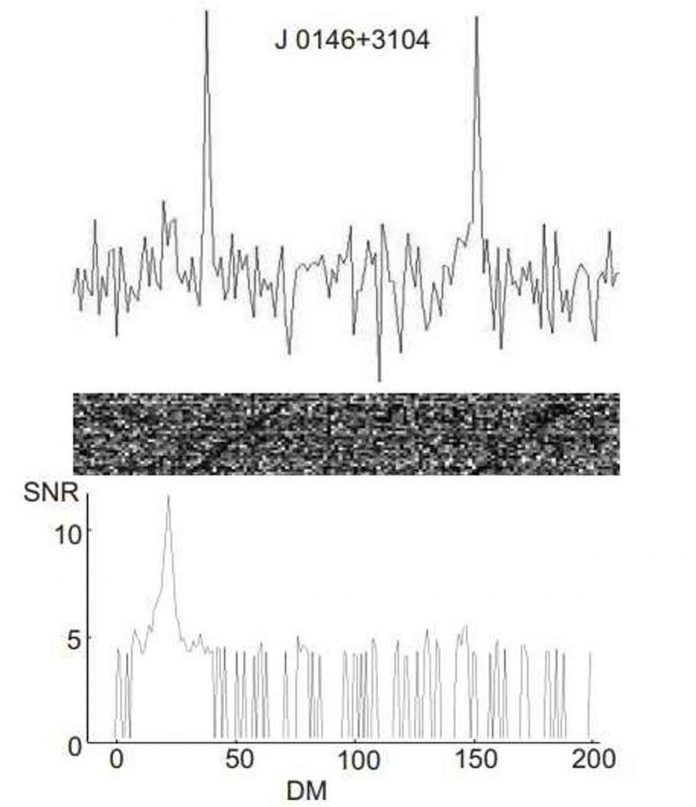Astronomers discovered seven new pulsars and determined their basic parameters using the Large Phased Array (LPA) radio telescope at Russia’s Pushchino Radio Astronomy Observatory (PRAO). The discovery is detailed in a paper published on the arXiv pre-print repository on August 18.
Pulsars are rotating neutron stars that emit a beam of electromagnetic radiation. They are typically detected as short bursts of radio emission, but some are also observed using optical, X-ray, and gamma-ray telescopes.
A team of Russian astronomers led by PRAO’s Sergey Tyul’bashev has discovered seven new pulsars. The discovery was made using LPA during a daily sky survey in test mode, which covered a full day in right ascension and 50 degrees in declination. The new pulsars were discovered at 111 MHz in frequency.
“The pulsar hunt began at the radio telescope LPA LPI on the frequency 111 MHz. The paper presents the first results of a search for right ascension 0h 24h and declinations +21 +42 “According to the study’s authors.
The astronomers observed 34 pulsars in total, with seven of them being identified for the first time. The spin periods of the newly discovered sources range from 0.82 to 2.09 seconds, and their dispersion measures range from 15 to 90 pc/cm3. The half-width of the average profile of pulsars ranges from 20 to 400 milliseconds.
Only the parameters of five new pulsars (J0146+3104, J0220+3622, J0421+3240, J1242+3938, and J1721+3524) have been confirmed by follow-up observations with LPA so far. Two pulsars, J0220+3622 and J0421+3240, have broad average profiles and thus require additional monitoring.
According to the researchers, their discovery demonstrates how useful LPA is in the search for new pulsars. They emphasize its large effective area and thus high sensitivity, the ability to observe in multiple beams at the same time, and the possibility of daily monitoring.
“The search for pulsars in the daily monitoring data on LPA LPI is especially advantageous for detecting rare objects: flashing pulsars, in which long periods of relative rest are replaced by a significant increase in the observed flux density,” the paper’s authors explained.
The astronomers anticipate that additional LPA observations and data processing will result in the discovery of at least a dozen new pulsars. They hope to find more new close pulsars, which can significantly change the observed flux density from day to day due to interstellar scintillation, as well as pulsars with very steep spectra.

